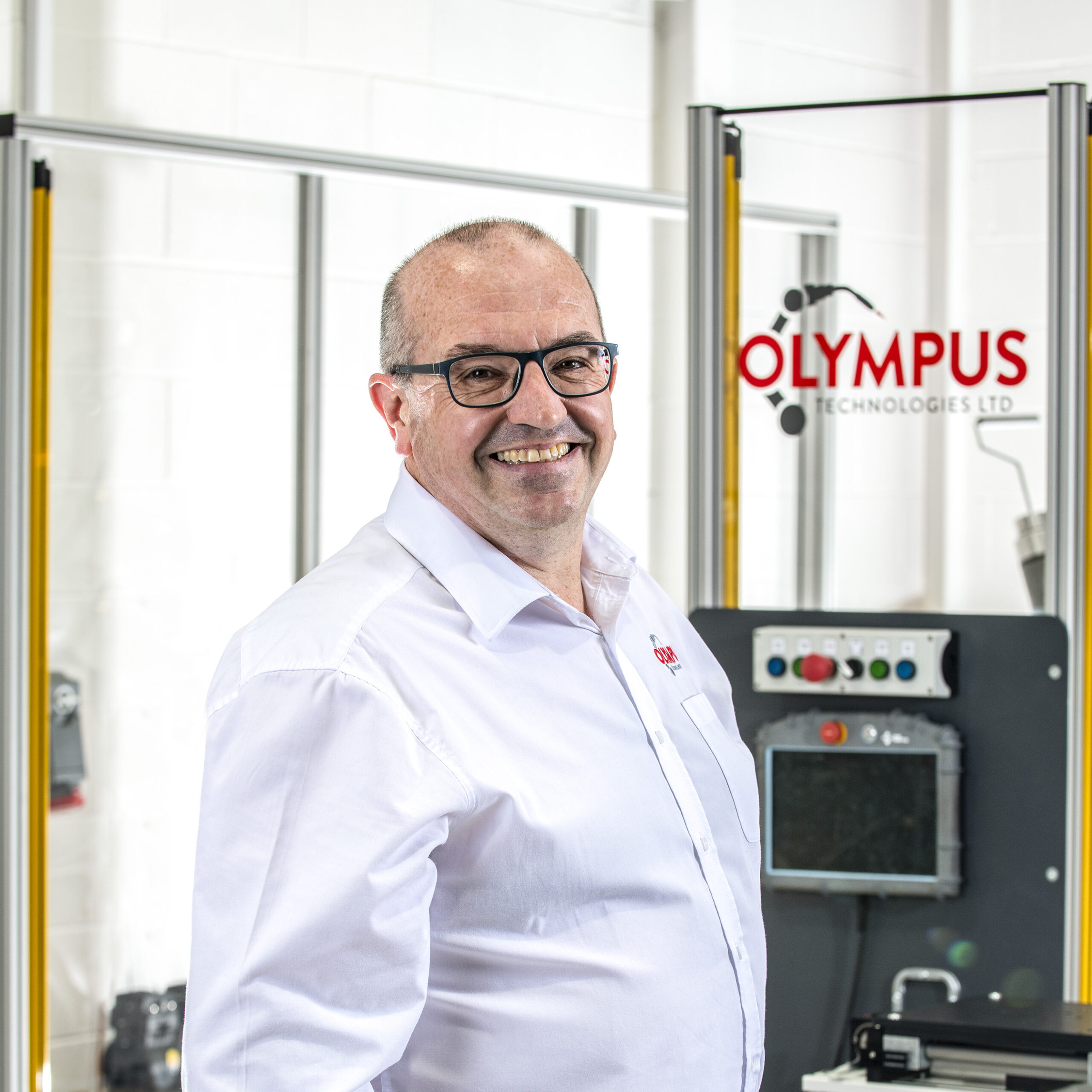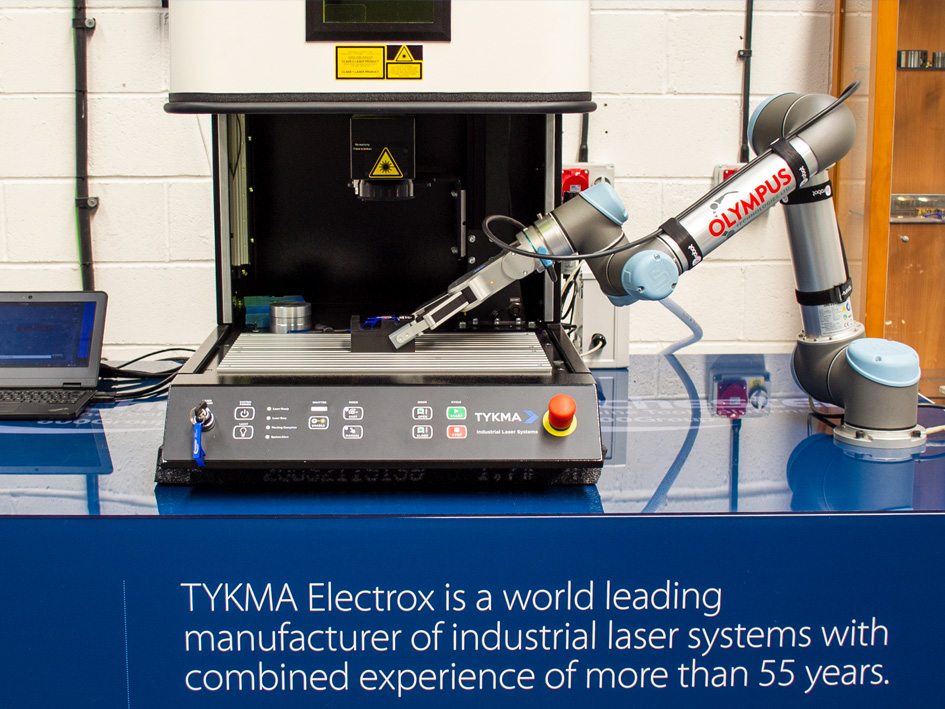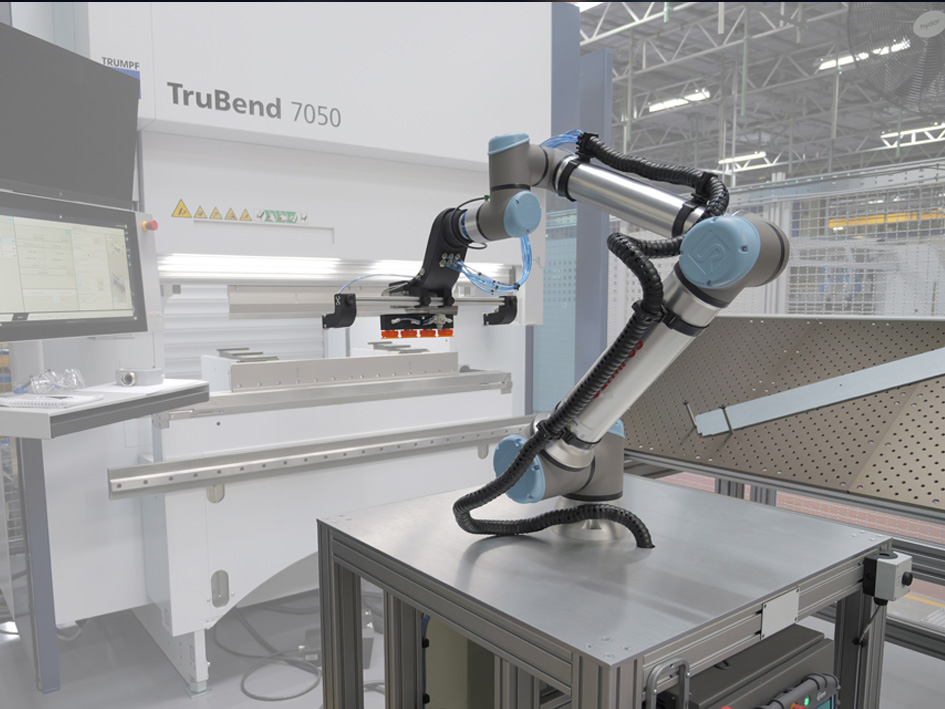Why Automation Is Crucial for Modern Warehousing
With rising demands, tighter space constraints, and persistent labour shortages, modern warehouses face pressure to do more with less.
Meeting these challenges increasingly relies on automation. One of the most impactful innovations reshaping the logistics industries is the deployment of automated palletising systems.
By streamlining the palletising process, these technologies help companies reduce costs, boost throughput, and sustain high operational efficiency, even amid fluctuating market demand.
What Are Automated Palletising Systems?
Automated palletising systems use robotic systems and conveyor systems to replace the once physically demanding task of stacking products. These systems execute predefined pallet patterns, leveraging end of arm tooling and collaborative robots to ensure consistent, reliable performance.
Compared to manual palletising, these automated systems offer greater precision, fewer instances of human error, and the ability to operate continuously at maximum capacity.
They’re now standard across various industries, from manufacturing and FMCG to pharmaceuticals, where meeting customer expectations and preserving product quality is critical.
Why Businesses Are Investing in Automation
Operational Challenges Driving Change
Organisations are grappling with rising fulfilment complexities, from manual labour shortages to faster distribution processes. Traditional palletising operations often result in costly mistakes, production delays, and limited overall throughput.
There’s also increasing focus on workplace safety. Reducing manual handling and repetitive, physically demanding tasks is not just an operational improvement; it’s a moral and regulatory imperative.
Strategic Business Benefits
By introducing automation technologies such as robotic palletisers, businesses unlock:
- Significant cost savings on staffing and training
- 24/7 uptime for major productivity gains
- Enhanced supply chain efficiency and traceability
- Improved customer satisfaction through fewer errors and faster delivery
Most importantly, automation enables human workers to take on more strategic tasks, improving morale and talent retention.
Core Benefits of Automated Palletising
Efficiency and Throughput Gains
Unlike shift-bound manual operations, automated palletising supports continuous operation across production lines. This drives increasing throughput, improves load stability, and delivers consistent stacking patterns, minimising downtime or repalletising.
Labour Cost Reductions
Reducing manual labour not only cuts direct labour costs but also mitigates secondary risks such as injury, absenteeism, and high turnover caused by repetitive tasks.
Product Quality and Accuracy
Thanks to advanced sensors and smart calibration, these systems deliver reliable results with minimal variation. This protects product quality, safeguards packaging, and reduces losses due to human error.
Comparative Summary
| Benefit Area | Manual Palletising | Automated Palletising |
|---|---|---|
| Labour Needs | High | Low |
| Error Rate | Moderate to High | Low |
| Speed | Variable | Consistent |
| Uptime | Shift-Based | 24/7 Operation |
Table: Comparing the reliability and efficiency of manual vs. automated systems.
Choosing the Right Palletising System
Types of Automated Systems
Different operational needs call for different palletising solutions:
- Industrial robots: Built for heavy-duty, high-volume loads.
- Collaborative robots (cobots): Best suited for hybrid environments with humans.
Each supports high performance without compromising workplace safety.
Seamless Integration with Existing Infrastructure
Many companies prioritise seamless integration with existing systems like ERP software, inventory tracking, and warehouse management systems (WMS). This ensures alignment with the broader production process, avoiding siloed workflows.
Implementation Roadmap: From Planning to Performance
Successfully deploying a palletising system involves more than plugging in equipment. The most effective strategies include:
- Conducting workflow audits to flag bottlenecks.
- Calculating ROI to evaluate cost savings.
- Partnering with integrators skilled in automation reduces implementation risks.
Common Pitfalls to Avoid
- Underestimating required floor space for robotics and multiple pallets
- Neglecting staff training, which limits system utilisation
- Overlooking compatibility with CNC machines and picking robots
These mistakes can delay adoption and undermine optimal performance.
Future-Proofing with AI and Predictive Technologies
Today’s automated systems aren’t just smart, they’re becoming self-optimising. By integrating real-time data, predictive maintenance, and machine learning, businesses enable continuous improvement and faster adaptation to new conditions.
Advanced features such as AI-generated stacking patterns and dynamic end of arm calibration help firms remain competitive as their operations evolve.
Conclusion: Scaling Smart with Automation
Investing in automated palletising systems is not just a technical upgrade, it’s a strategic move toward future proofing your operation.
From slashing labour costs to enhancing customer satisfaction and supply chain efficiency, these technologies empower businesses to meet demand with resilience and precision.
If you're serious about exploring automation, now is the time to act, not to catch up, but to lead.
FAQs
What are the key advantages of automated palletising systems?
These systems improve throughput, enhance load stability, and significantly reduce manual handling. They also eliminate human error, leading to more consistent results across shifts.
How do automated palletising systems integrate with existing infrastructure?
Modern systems are designed for seamless integration with existing systems like ERP platforms, WMS software, and inventory tracking tools. This alignment streamlines the entire production process.
Are collaborative robots suitable for palletising operations?
Yes. Collaborative robots (cobots) are ideal in hybrid setups where humans and machines share space. They boost workplace safety and enable more strategic tasks for staff.
Can automation reduce costs in high-volume manufacturing?
Absolutely. Automation reduces labour needs, prevents costly mistakes, and maximises equipment uptime. Over time, this leads to measurable cost savings and a stronger competitive advantage.














